How Body-Worn Cameras Improve Safety in High-Risk Work Environments
In high-risk industries such as law enforcement, construction, oil & gas, and security, workplace safety is a top priority. Body-worn cameras (BWCs) have emerged as a critical tool to enhance safety, accountability, and operational efficiency. These compact, wearable devices record real-time footage, providing evidence, deterring misconduct, and improving training protocols.
This article explores how body-worn cameras reduce risks, increase transparency, and create safer work environments for employees in hazardous conditions.
What Are Body-Worn Cameras?
Body-worn cameras are small, portable recording devices typically attached to:
-
Uniforms (chest or shoulder-mounted)
-
Helmets (for construction/mining)
-
Eyewear (for hands-free recording)
Key Features of Modern BWCs:
✔ High-definition (HD) video & audio recording
✔ Night vision & thermal imaging (for low-light conditions)
✔ GPS tracking & real-time streaming
✔ Impact-resistant & waterproof (IP67-rated)
✔ Cloud storage & secure data encryption
6 Ways Body-Worn Cameras Improve Workplace Safety
**1. Deterrence of Violent or Unsafe Behavior
-
Visible cameras discourage aggression from hostile individuals (e.g., law enforcement, security).
-
Workers follow safety protocols more strictly knowing they’re being recorded.
-
Case Study: A UK police study found a 93% reduction in complaints when officers used BWCs.
**2. Enhanced Accountability & Evidence Collection
-
Accurate documentation of accidents, near-misses, or disputes.
-
Legal protection against false claims (e.g., worker’s compensation fraud).
-
Example: In construction, BWCs help investigate crane accidents by capturing real-time footage.
**3. Real-Time Monitoring for Emergency Response
-
Supervisors can livestream footage to guide workers in hazardous situations.
-
Instant alerts if a worker falls, is injured, or enters a restricted zone.
-
Use Case: Oil rig workers in remote locations use BWCs with SOS buttons for emergencies.
**4. Improved Training & Safety Compliance
-
Recorded footage identifies unsafe practices (e.g., improper PPE usage).
-
Training simulations using real incidents for better preparedness.
-
Example: Mining companies use BWC footage to train new workers on hazard recognition.
**5. Reduced Workplace Conflicts & Harassment
-
Discourages bullying, discrimination, or harassment in high-stress jobs.
-
HR departments use footage to resolve disputes objectively.
-
Stat: A U.S. security firm reported a 50% drop in internal complaints after deploying BWCs.
**6. Compliance with Safety Regulations
-
OSHA, NIOSH, and other agencies recommend BWCs for hazardous workplaces.
-
Audit trails prove compliance with safety protocols.
-
Example: Chemical plant workers use explosion-proof BWCs to meet industry standards.
Industries That Benefit Most from Body-Worn Cameras
| Industry | Safety Application | Key Benefit |
|---|---|---|
| Law Enforcement | Records police-public interactions | Reduces use-of-force incidents |
| Construction | Documents falls, equipment misuse | Faster accident investigations |
| Oil & Gas | Monitors confined space entries | Prevents gas leaks & explosions |
| Security | Deters theft & violent confrontations | Provides legal evidence |
| Healthcare | Protects staff from patient aggression | Ensures compliance with protocols |
Body-Worn Cameras vs. Traditional Surveillance
| Feature | Body-Worn Cameras | Fixed CCTV Cameras |
|---|---|---|
| Mobility | Records from worker’s perspective | Limited to fixed locations |
| Coverage | Captures blind spots | Misses areas outside camera range |
| Cost | Lower installation costs | Expensive infrastructure |
| Real-Time Alerts | Yes (with live streaming) | No (recorded footage only) |
Verdict: BWCs provide greater flexibility, real-time insights, and worker-specific data compared to static cameras.
Challenges & Considerations
While BWCs improve safety, companies must address:
🔹 Privacy Concerns – Clear policies on when & where recording is allowed.
🔹 Data Storage – Secure cloud or local storage to protect sensitive footage.
🔹 Battery Life – Extended battery packs for long shifts.
🔹 Employee Buy-In – Training workers on proper usage & benefits.
Future of Body-Worn Cameras in Workplace Safety
-
AI-Powered Analytics – Detects fatigue, falls, or hazardous movements.
-
Augmented Reality (AR) Integration – Overlays safety instructions in real time.
-
Biometric Sensors – Monitors heart rate, heat stress, or gas exposure.
Conclusion
Body-worn cameras are transforming safety in high-risk industries by:
✅ Preventing accidents & misconduct
✅ Providing irrefutable evidence for investigations
✅ Enhancing real-time emergency response
✅ Improving training & compliance
For companies operating in dangerous environments, investing in BWCs is no longer optional—it’s a critical safety measure.
Is your organization using body-worn cameras? Share your experience below!
No comments








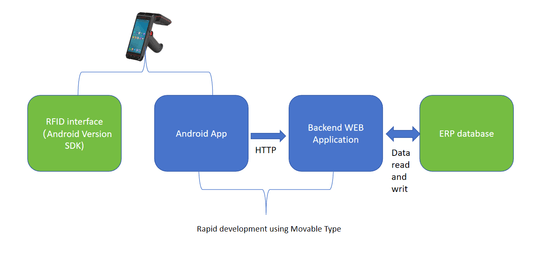
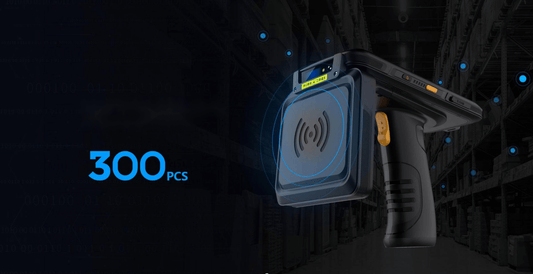
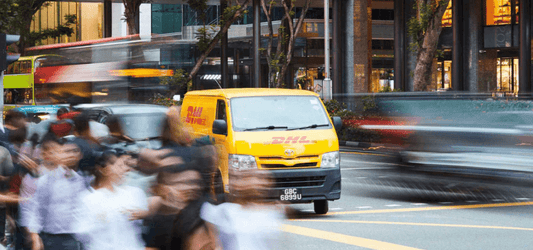
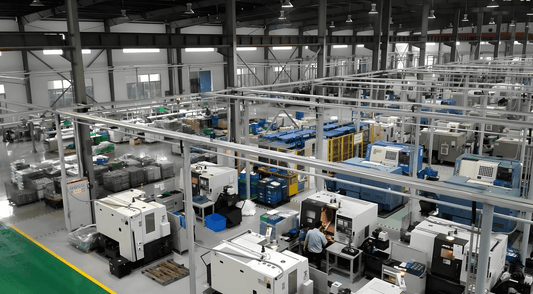
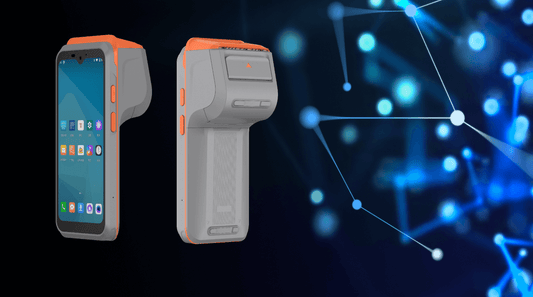
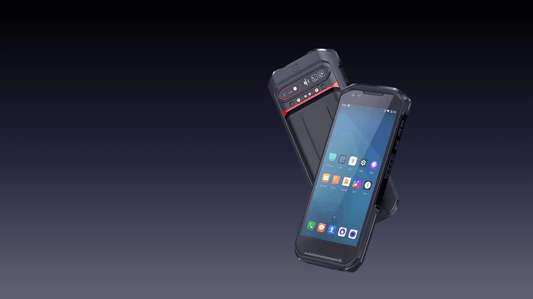
0 comments